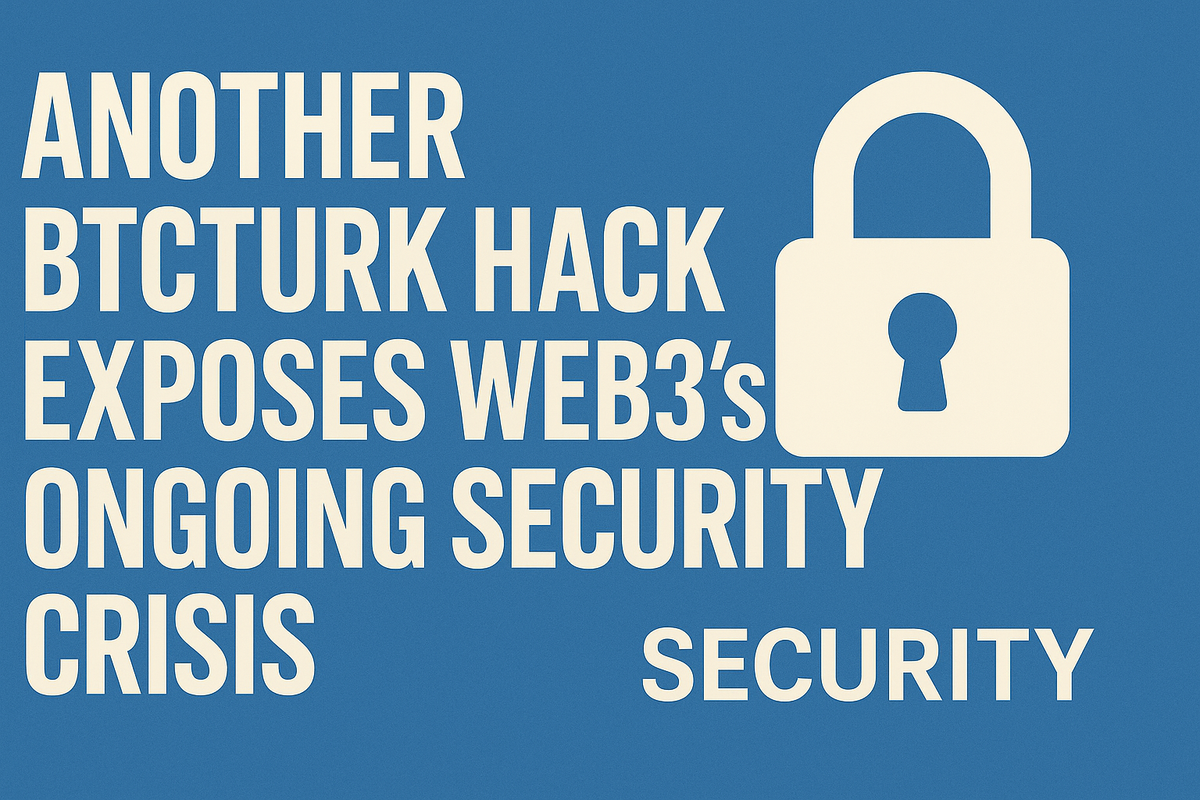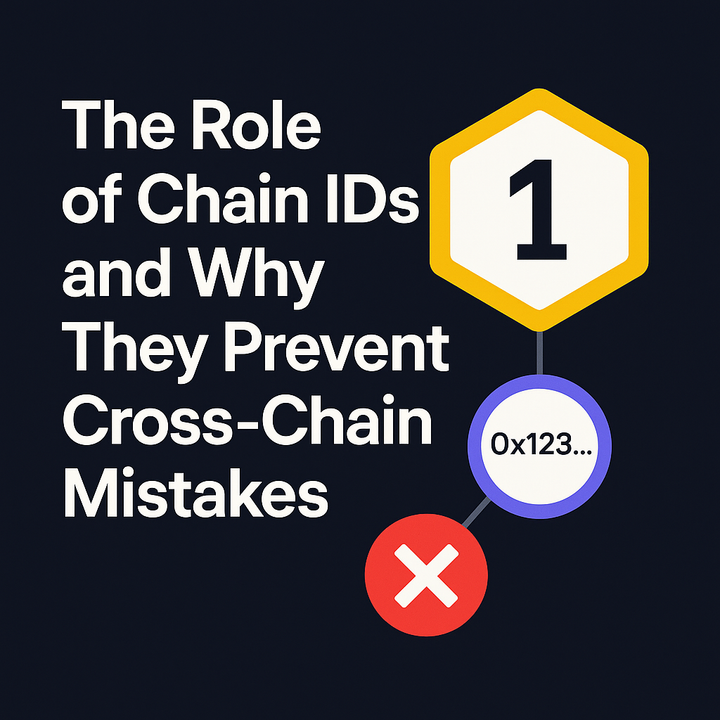Another BtcTurk Hack Exposes Web3’s Ongoing Security Crisis

Introduction
Security remains one of the most pressing challenges for the Web3 industry. Despite rapid innovation in decentralized finance (DeFi), NFTs, and blockchain gaming, centralized exchanges (CEXs) continue to be attractive targets for cybercriminals. The recent $49 million exploit of BtcTurk, Turkey’s leading cryptocurrency exchange, has reignited concerns about systemic vulnerabilities and the industry’s ability to safeguard user funds.
Background: BtcTurk and Its Significance
Founded in 2013, BtcTurk is one of the oldest and largest cryptocurrency exchanges in Turkey, serving over 5 million users. The platform plays a key role in Turkey’s crypto adoption, especially given the country’s rising inflation and strong appetite for digital assets as a hedge.
- Previous Incident: In June 2024, BtcTurk reported a major security breach, with tens of millions siphoned through compromised hot wallets.
- Current Reputation Risk: After pledging to improve security post-2024, another exploit in August 2025 raises serious doubts about whether sufficient protective measures were implemented.
The August 2025 Exploit: What Happened?
On August 16, 2025, blockchain security analysts noticed abnormal outflows from BtcTurk’s hot wallets. The suspicious activity was later confirmed to be unauthorized transactions, quickly traced across multiple addresses.
Key Details of the Hack:
- Scale of Losses: Estimated at $49 million, spread across multiple cryptocurrencies including BTC, ETH, and stablecoins.
- Execution Method: Early forensic reports suggest compromised private keys or access credentials allowed attackers to drain hot wallets.
- Fund Laundering: Assets were routed through mixers and cross-chain bridges, tactics frequently used to obscure stolen funds.
- Response Time: BtcTurk halted transactions and froze certain flows, but by then, a significant amount had already been moved beyond recovery.
Why Are Web3 Exchanges So Vulnerable?
While DeFi protocols often face smart contract exploits, CEXs carry their own set of risks. The BtcTurk hack highlights four recurring weaknesses:
- Hot Wallet Exposure
- Hot wallets are internet-connected, making them convenient for fast transactions but also prime targets for hackers.
- Without advanced key management (e.g., MPC wallets), breaches are highly probable.
- Centralized Attack Vectors
- Exchanges are custodians of billions in assets, making them “honeypots” for cybercriminals.
- A single compromised server or employee credential can give attackers wide access.
- Cross-Chain Laundering
- Stolen funds are increasingly moved across blockchains using bridges, many of which have weak security or limited monitoring.
- This makes tracking and freezing assets difficult.
- Insufficient Continuous Auditing
- Security isn’t static; however, many exchanges fail to invest in real-time monitoring and third-party audits after each upgrade.
Broader Industry Implications
1. User Trust at Risk
Exploits on major exchanges can drive retail investors away, reducing adoption in countries where crypto already faces regulatory skepticism.
2. Regulatory Pressure Intensifies
Governments may use such hacks as justification for stricter compliance frameworks, forcing exchanges to adopt banking-like security standards.
3. Rise of Self-Custody & DEXs
High-profile CEX failures may accelerate the shift to decentralized exchanges (DEXs) and hardware wallets, where users hold their own keys.
4. Insurance & Compensation Gaps
Unlike traditional banks, most exchanges lack formal deposit insurance. After each hack, user funds are at risk unless the exchange voluntarily covers losses.
What Can Be Done? (Path Forward)
To strengthen resilience, Web3 platforms—especially CEXs—must adopt a multi-layered approach:
- Cold Storage Priority: Hold 90–95% of assets in offline cold wallets, limiting hot wallet exposure.
- Multi-Signature & MPC Security: Require multiple private keys (or distributed key management) for any large transaction.
- Continuous Security Audits: Independent, frequent audits with results published to users.
- AI-Powered Threat Detection: Use machine learning models to detect suspicious wallet activity in real time.
- Insurance Pools: Establish decentralized or industry-wide insurance systems to protect users against losses.
- User Education: Encourage adoption of self-custody wallets and awareness of CEX risks.
Conclusion
The BtcTurk $49M hack is not just a Turkish issue—it’s a cautionary tale for the entire Web3 ecosystem. Until exchanges and infrastructure providers adopt bank-grade security, rigorous audits, and transparent risk management, user trust will remain fragile.
As adoption accelerates globally, the Web3 community faces a choice:
- Ignore recurring hacks, risking another wave of failures and lost confidence, or
- Prioritize security as much as innovation, ensuring the ecosystem grows on a foundation strong enough to withstand constant threats.
The lesson is clear: Web3 cannot scale without resilience.



Comments ()